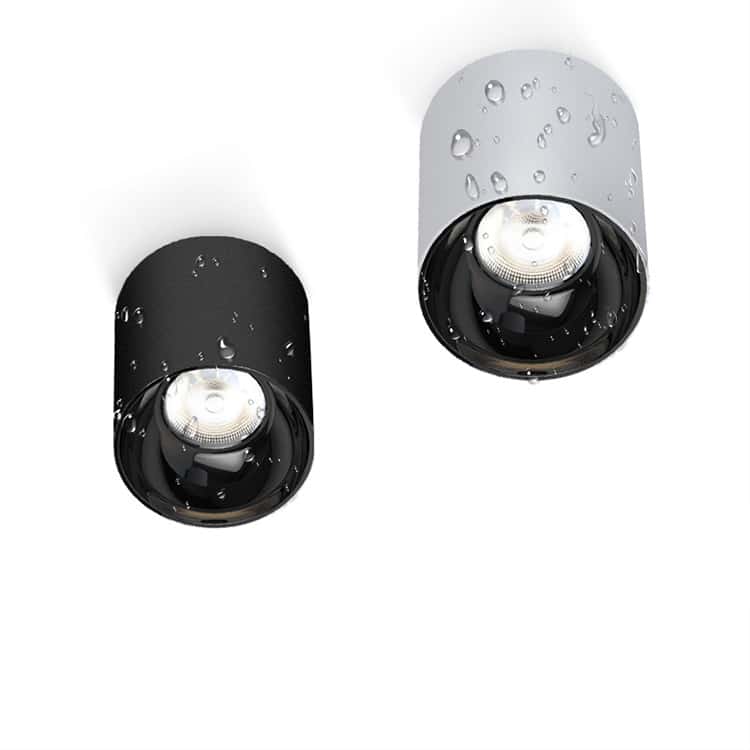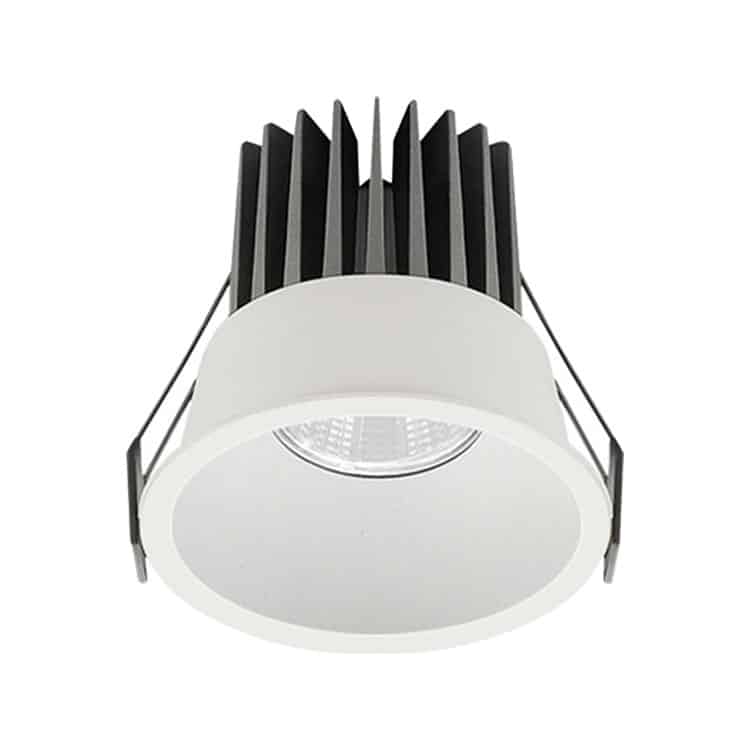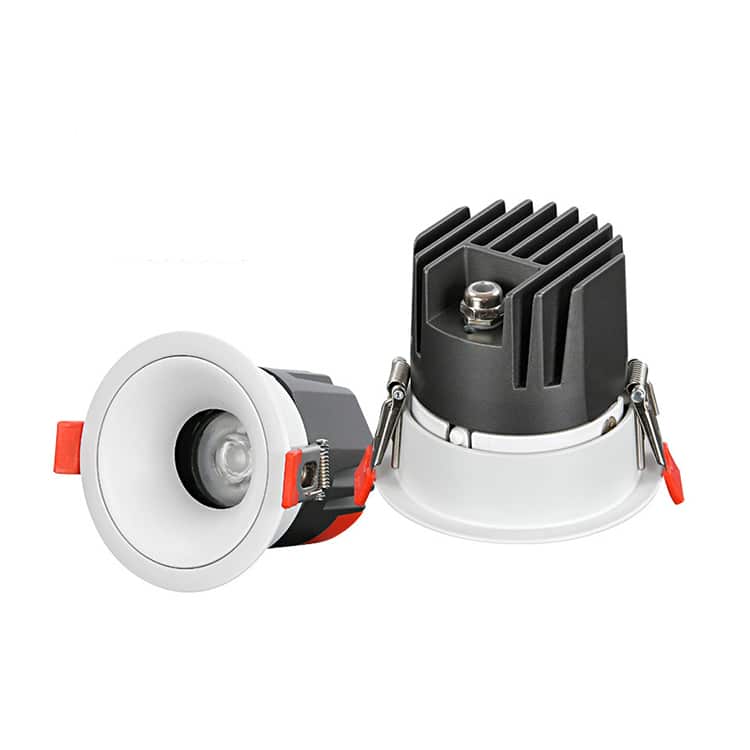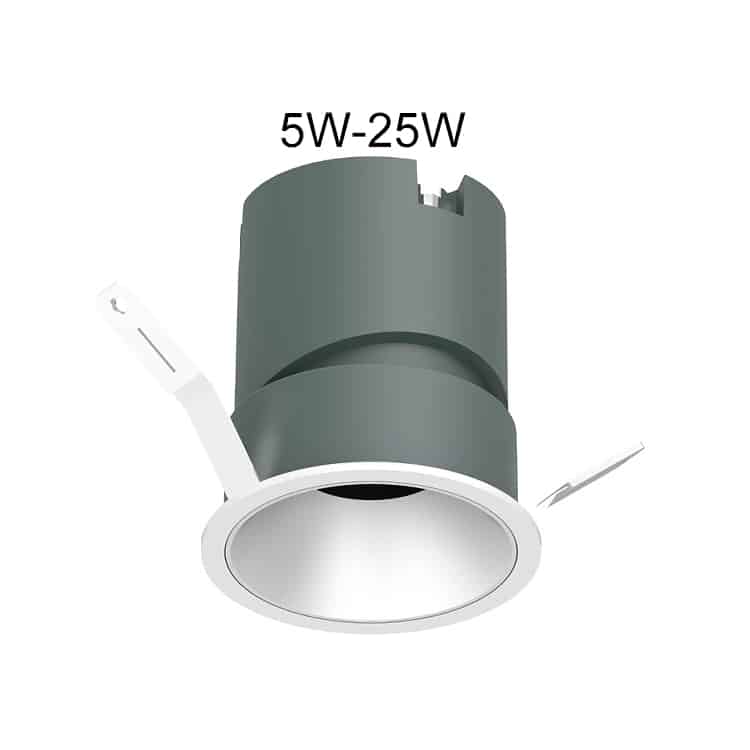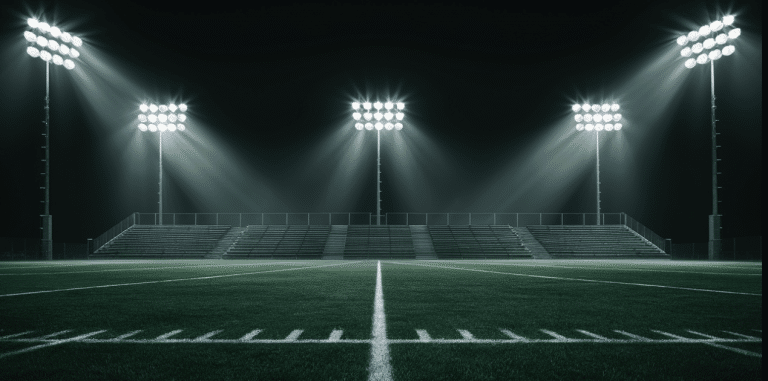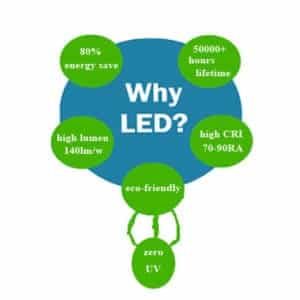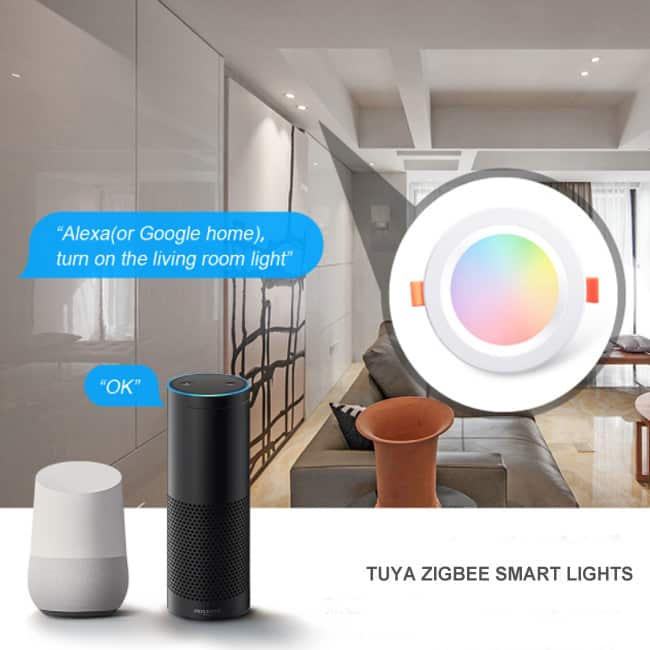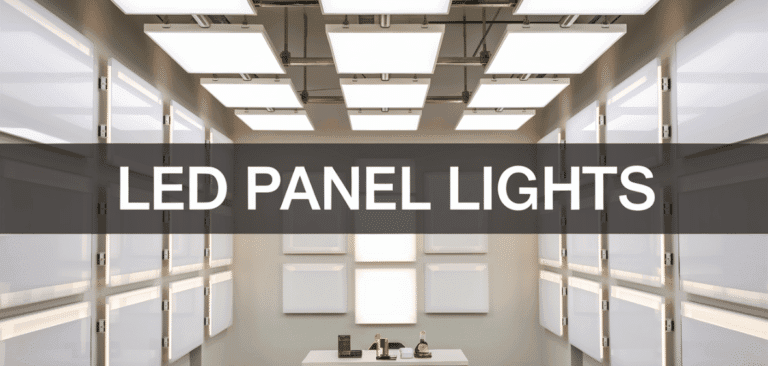We have to talk about non-central lighting when it comes to minimalist lighting.
Non-central lighting is like dispersing sunlight into stars and the moon, replacing the harsh, single main light with softer light sources arranged in points, lines, and surfaces. According to different usage scenarios, the corresponding lighting mode is switched to achieve multi-level and regional lighting while meeting the basic lighting requirements, creating a more appropriate lighting atmosphere.
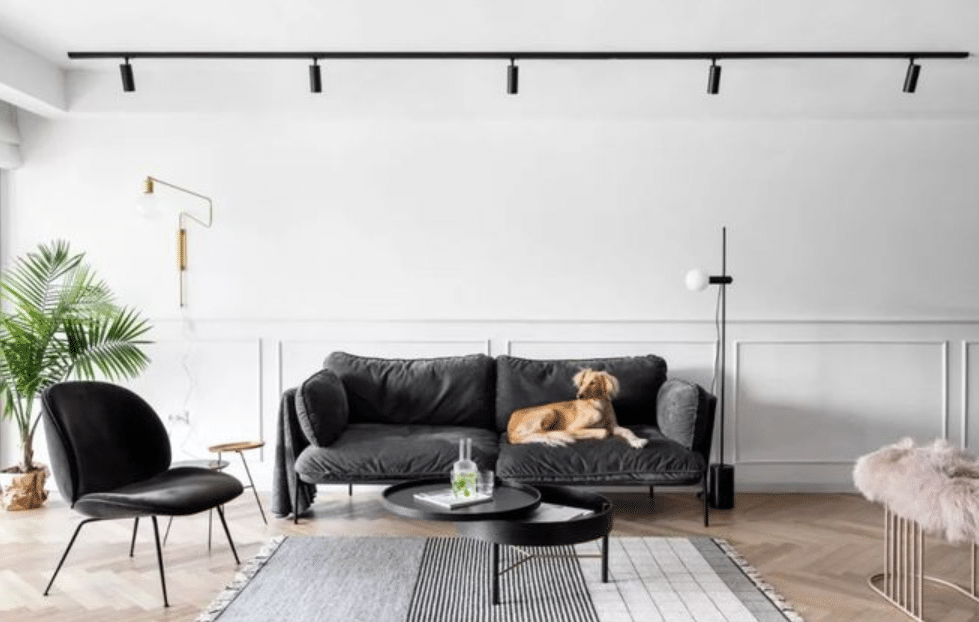
Types of Minimalist Lighting Fixtures
Any qualified lighting design cannot do without the three types of lighting ( basic lighting, accent lighting, and ambient lighting.
Overall basic lighting
It can be understood as lighting that can illuminate the entire space. With a wide coverage area, the main fixtures include ceiling lights, recessed lights, and wall lights.

Localized accent lighting
Lighting that focuses on illuminating specific areas, such as a reading lamp next to the sofa, a bedside lamp, a desk lamp, or an LED strip under the entryway shoe cabinet to light up the shoes…
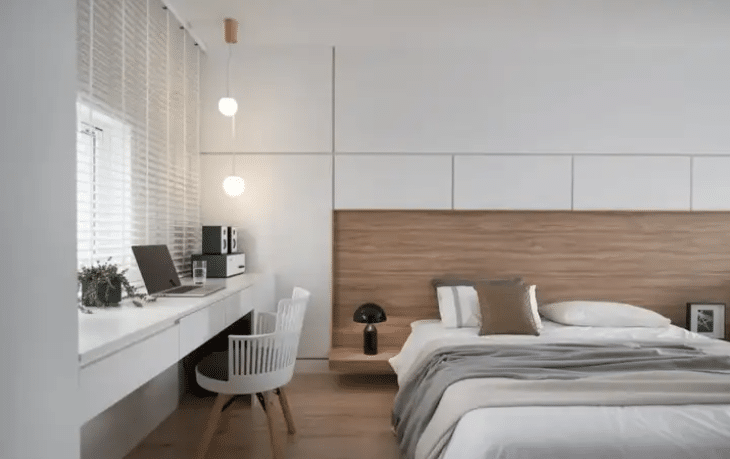
Decorative ambient lighting
In high-end spaces, lighting is used to create ambiance. Various LED strips or linear lights embedded in walls, floors, or ceilings serve as decorative auxiliary lighting.

Believe that through the above three types of lighting, you now have a general idea of the commonly used fixtures in non-central lighting design.
- LED Downlight
LED downlight is a kind of downward lighting fixture. They are generally not adjustable and with a wide beam angle. There are surface-mounted and recessed led downlights. Recessed downlights only can see the light but not the lamp, and although they are small, multiple downlights used together can serve as the main lighting for the entire space.
2. Spotlight
Spotlights are similar in shape to downlights, but their lighting effects are different. Spotlights are mostly adjustable and rotatable, offering highly focused lighting. They are primarily used to highlight decorative items or specific scenes, such as artwork or dining tables.
3. LED strip
LED strips are usually hidden in drop ceilings, walls, or floors and are often used to outline the contours of a space. It is a typical “see the light, not the fixture” design.
4. Track light
Lighting fixtures installed on track rails include traditional track lights and the currently popular magnetic track lights. The long track design is very well-suited for minimalist styles.
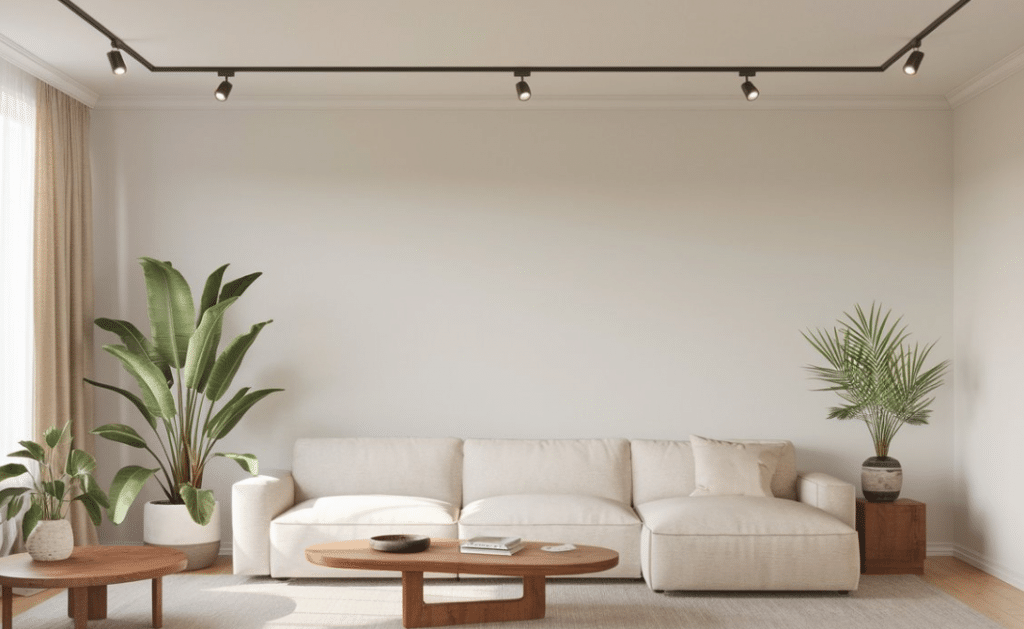
5. Floor Lamp
Easy to move, relatively tall, and commonly used in living rooms and bedrooms, serve as ambient lighting to complement decorative lighting.
6. Wall Scones
Wall-mounted fixtures are generally small and can be used for focused task lighting as well as ambient lighting to complement decorative elements.
7. Table lamp
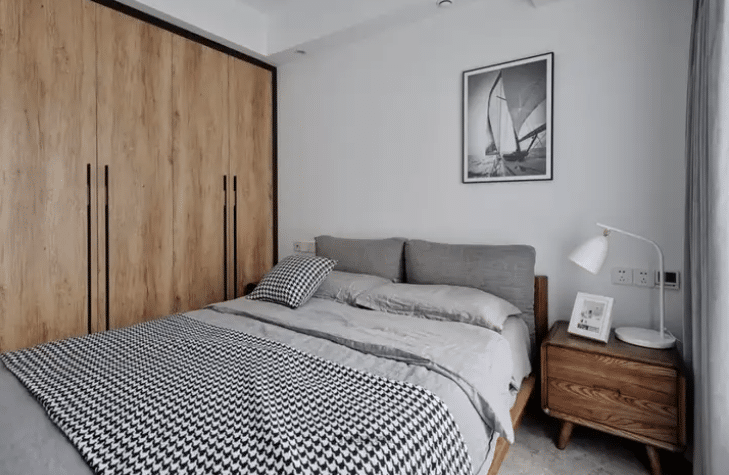
All those lighting fixtures have their own functions and correspond to the following types of lighting (with some overlap):
- Basic Lighting: Downlights, Spotlights, Track Lights
- Focus Lighting: Spotlights, Track Lights, Wall Sconces, Desk Lamps, Floor Lamps
- Ambient Lighting: Floor Lamps, LED Strips, Wall Sconces
Let’s take home lighting as an example to look at the design of each space without main lights.
No-central Lighting Plan in Various Areas
- Entrance
The first light you encounter when you get home is the entryway light, which will affect your mood. You can use a combination of downlights or small pendant lights with LED strips. If there’s no cabinetry, just focus the lighting on the shoe bench area as the following picture
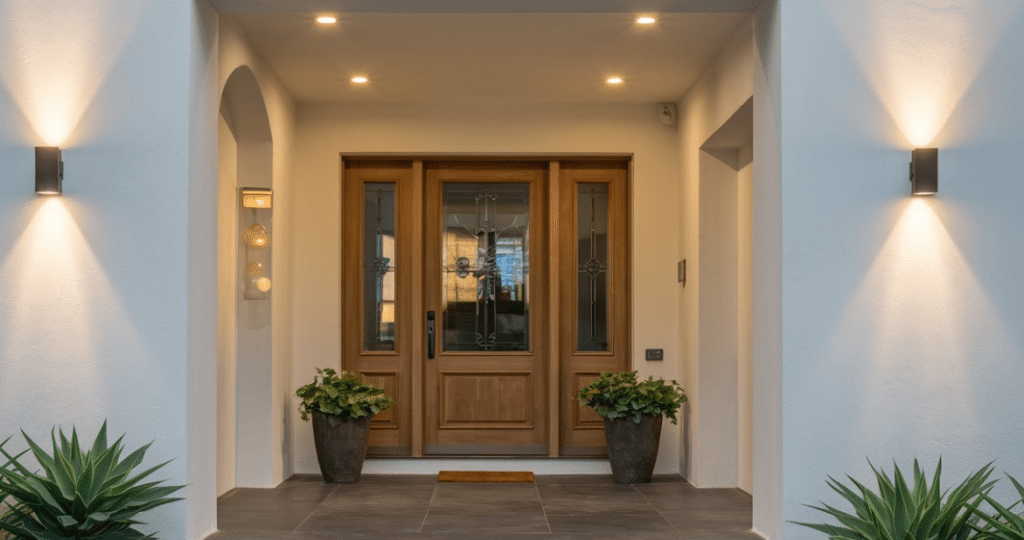
2. Living Room
The living room is a key lighting area in the home, and a single main light is insufficient for various needs. It is recommended to use a combination of downlights, floor lamps, wall sconces, LED strips, and spotlights to meet different kinds of lighting requirements. For larger spaces with steps, install LED strips under the steps for safety and guidance.
(1) Sofa background wall
A. Use linear spotlights installed at 50~60cm from the wall to wash the wall; B. Use track spotlights installed at 45cm from the wall to focus on the wall decoration; C. Use recessed spotlights or downlights installed at 25~35cm from the wall to wash the wall.
(2) TV background wall
A common method is to evenly space 3-5 downlights or spotlights 25-35 cm from the wall, depending on the length of the TV background wall. Another method is to avoid direct light on the TV screen by placing lights on either side of the TV.
(3) Living room center
Arrange 2-4 downlights or spotlights with 10-40 cm spacing
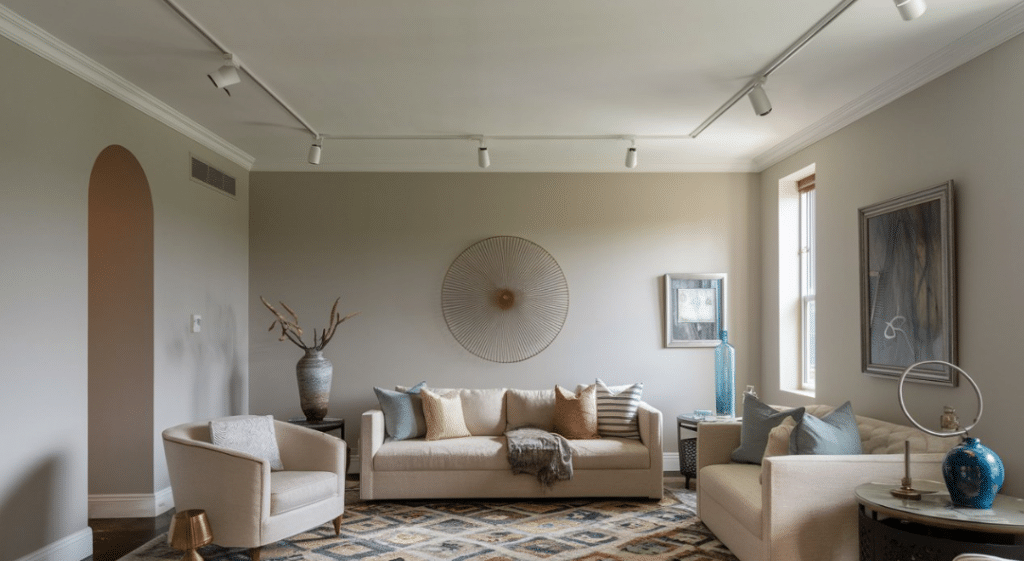
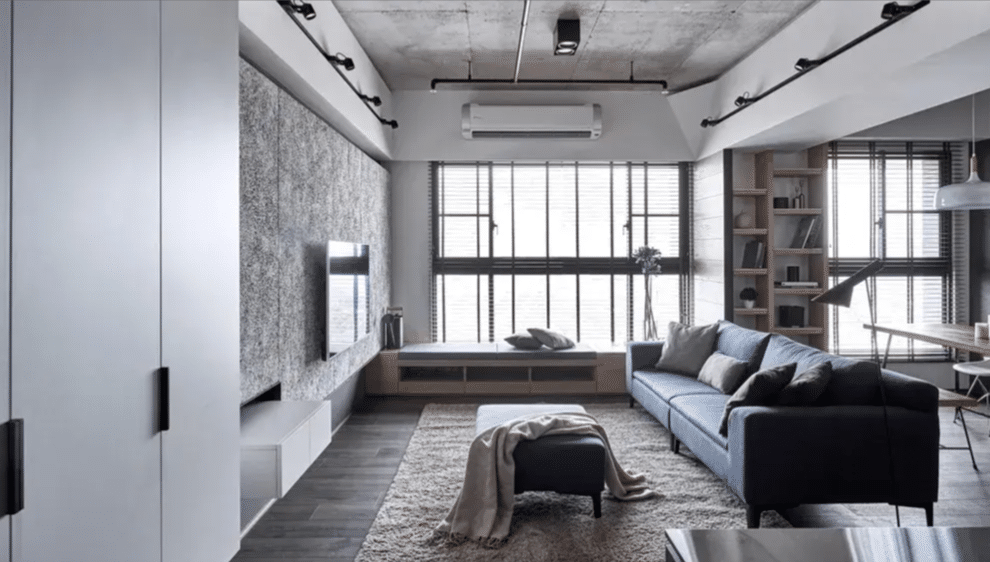
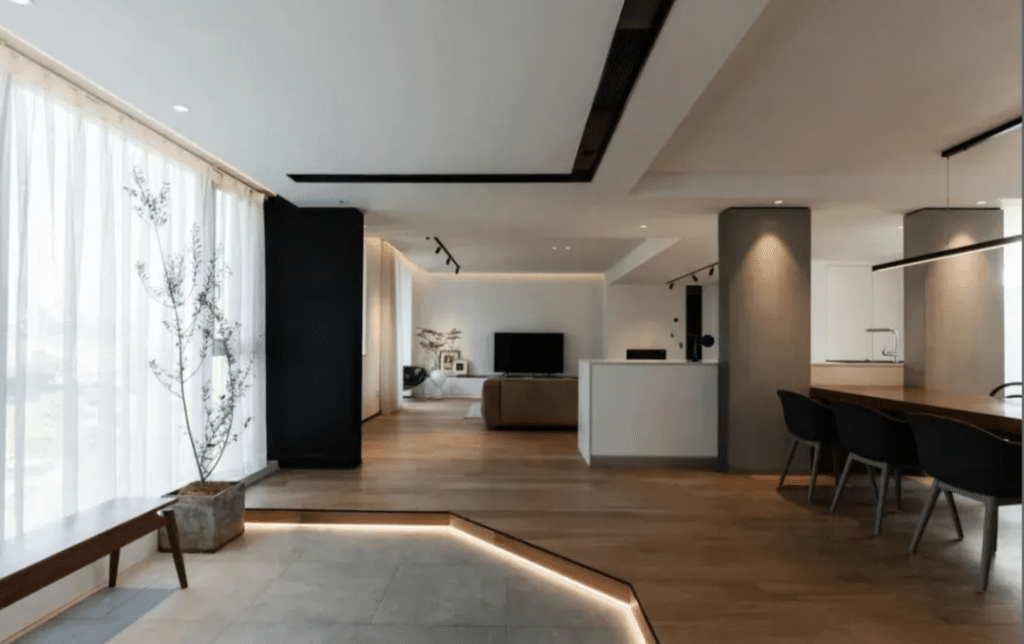
3. Dining room
Lighting design in the dining room is crucial for creating the right dining atmosphere; poor design can significantly affect the dining experience. If you have a sideboard, consider adding LED strips for supplementary lighting. For dining room lighting, it is recommended to choose warm light to make the food more attractive.
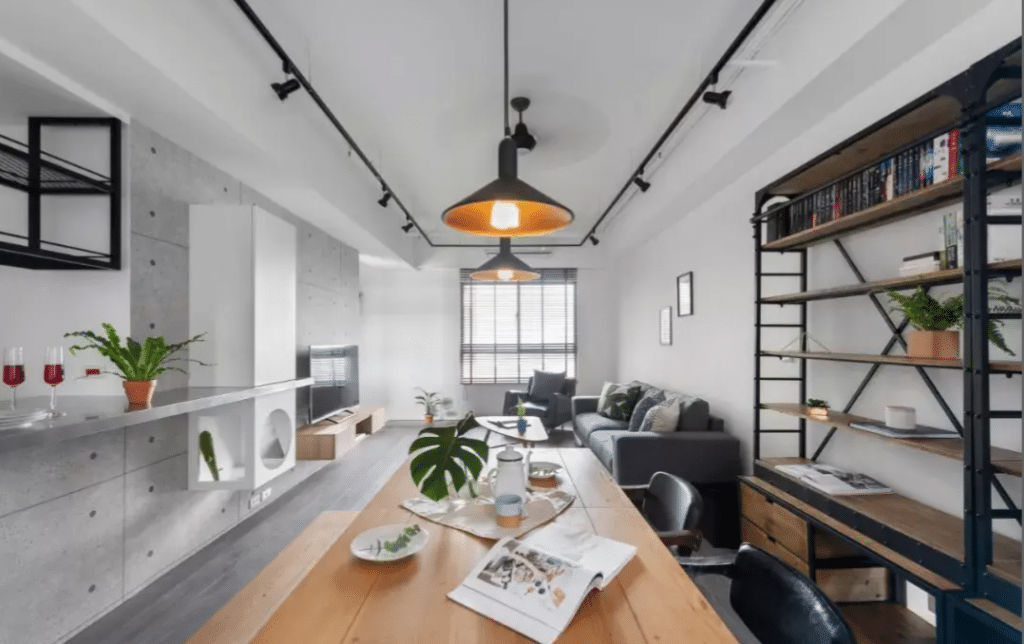
4. Kitchen
A well-designed kitchen also needs combined lighting to enhance comfort. Use 3000K LED downlights for overall ceiling illumination, add LED strips under the wall cabinets to light up the countertop, and install cabinet lights inside the cabinets. If the light above the work surface is not blocked, you can shift the overall lighting towards the work area.
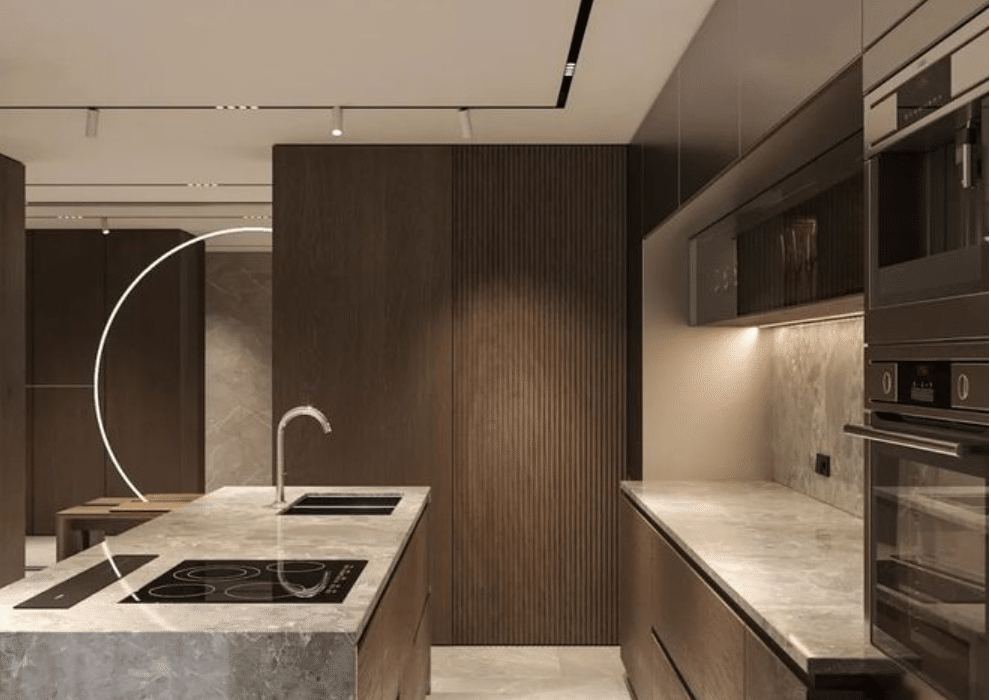
5. Bathroom
The bathroom is a unique space with three functional areas: the shower area, toilet area, and wash area. It’s best to install lighting in each of these zones. Additionally, it’s recommended to use IP65 waterproof ceiling lights for bathroom lighting.
(1)shower area
For a rectangular shower room, install IP65 waterproof downlights or spotlights on the wall opposite the showerhead, 35-45 cm from the wall.
(2)toilet area
Install a downlight or spotlight 30-40 cm in front of the area directly above the toilet.
(3)wash area
In a bathroom with a mirror cabinet, install downlights or spotlights 40-45 cm above the wall directly above the cabinet. For a single mirror, place downlights or spotlights 25-30 cm above the wall directly above the mirror. In a bathroom with a drop ceiling, you can use LED strips as supplementary lighting above the cabinet.
6. Bedroom
As the primary resting area, the bedroom lighting design should meet both regular nighttime illumination needs and provide convenience for getting up at night. The ideal lighting design for a bedroom is a combination of downlights and wall sconces. Downlights serve as the main lighting, while wall sconces are useful for nighttime activities or reading before bed. The color temperature of around 3000K is the best.
(1)Bedside background wall
Avoid installing downlights directly above the bedside, especially right above the pillow, as this can be glaring. Instead, use wall sconces, pendant lights, or desk lamps. Alternatively, you can achieve a wall-washing effect with linear spotlights, similar to the sofa background wall.
(2) Wardrobe
If the room has a drop ceiling, place two recessed spotlights 25-35 cm in front of the wardrobe. This setup will not be affected whether you have hinged or sliding doors. And LED strips can be installed inside the wardrobe for internal lighting.
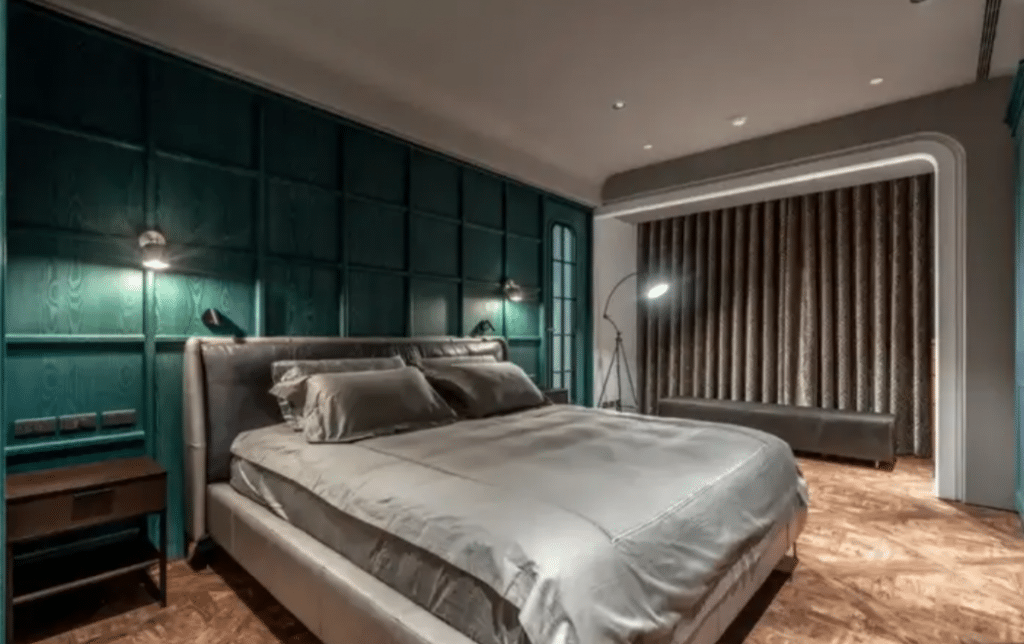
7. Study room
Above the desk, you can use a pendant light in combination with a desk lamp to reduce shadows.
8. Stairs
The main purpose of step lighting is visible at night. Install small night lights next to the steps or embed LED strips under the steps.
Non-central lighting plan is not limited to home decor; it is also used in commercial spaces such as hotels, shopping malls, and restaurants. Non-main-lighting doesn’t mean completely avoiding pendant lights; nowadays, most pendant lights primarily serve as decorations. So don’t rely on pendant lights as the main source of illumination.
If you’re not sure about how many lights or the wattage needed for a space, consider using Dialux. It can fully simulate lighting effects and help you determine the optimal setup.
FAQ

Hello, customers
My name is Ricky Wang, I’m the business manager of GRNLED. I have been in LED lights industry for more than 10 year. Feel free to contact us. I’m happy to provide you the best service and products.
Email: info@grnled.com | WeChat: ledfixture

